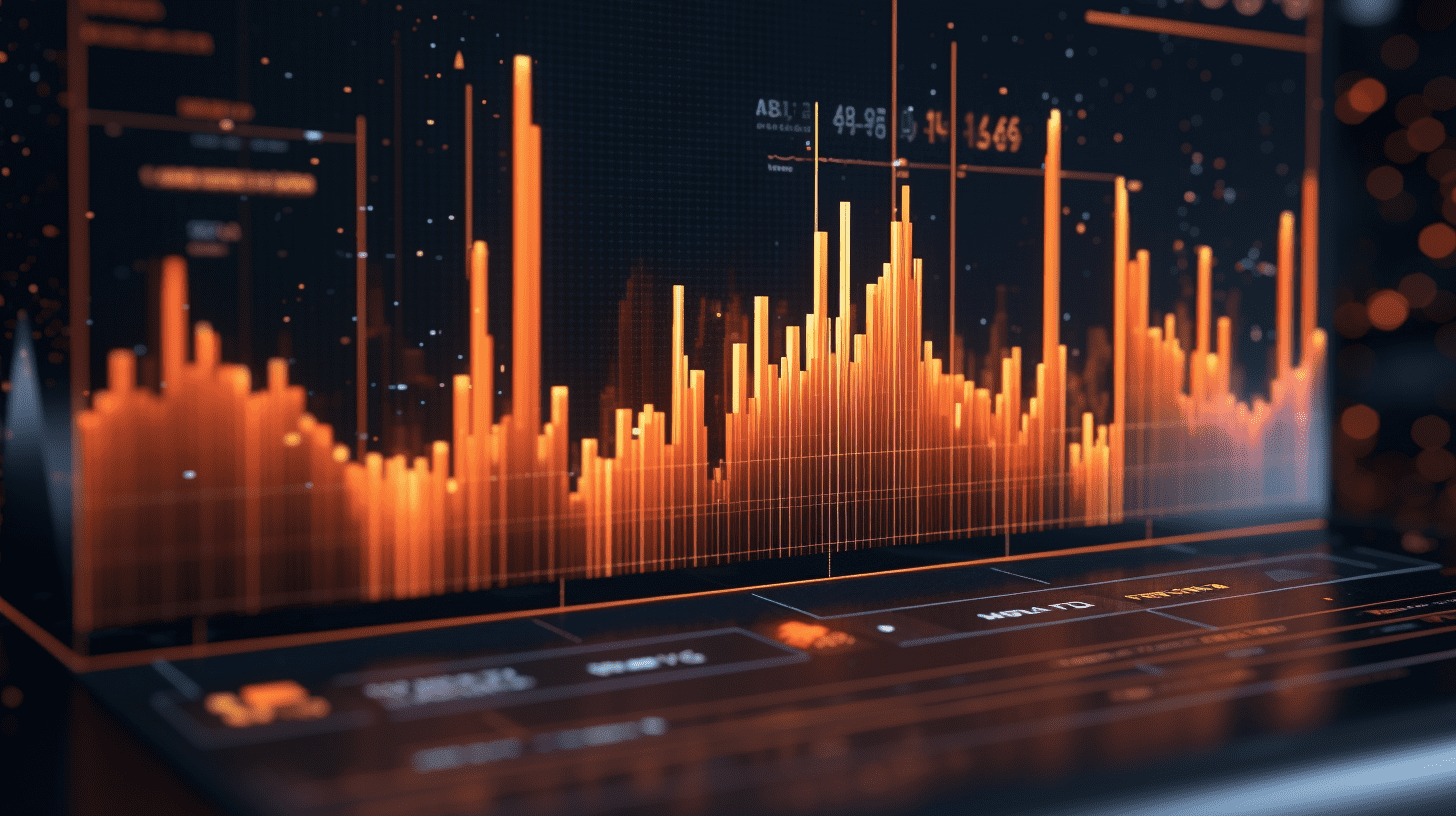Caution! The US stock market reaching historic highs cannot hide its hidden concerns. The second half of the year faces six major uncertainties in its trend.
The trend of the US stock market in the first half of 2025 is like riding a roller coaster. After hitting a historic high, multiple uncertainty factors are casting a shadow over the market in the second half of the year.
On July 1st New York time, the US stock market in the first half of 2025 has been like a roller coaster, hitting historical highs and now multiple uncertainties are casting a shadow on the second half of the year. Although the S&P 500 index has maintained a growth of over 5% so far this year, the market panic triggered by the "tariff storm" from the Trump administration in April is still lingering. Investors are now closely watching six key variables, which may determine whether the US stock market can hold on to its current high.
Will tariffs have an impact? Or will they only serve as a deterrent?
The first and foremost concern is still the direction of the tariff policy. Although the market's concerns about the most extreme scenarios have eased somewhat, the critical deadline of July 9th is approaching, and the outcomes of trade negotiations between the US and various countries may trigger a new round of market volatility. The latest estimates from Goldman Sachs show that even if some of the harsh tariff measures are cancelled, the policies already in place have pushed the actual tariff rate in the US from 3% at the beginning of the year to 13%, which may continue to raise inflation pressure and erode business profits. The second-quarter earnings reports to be disclosed later this month will be a crucial litmus test. Data shows that earnings for S&P 500 component stocks are expected to grow by 5.9%, and investors will closely monitor how companies are absorbing the cost of tariffs.
When will the Federal Reserve cut interest rates?
The Federal Reserve's policy direction is also weighing on the market's nerves. Powell recently explicitly listed the inflation risks triggered by tariffs as an important consideration for delaying rate cuts, but the interest rate futures market is still betting on three rate cuts before the end of the year, with the first cut possibly in September. Worth noting is that the Trump administration is considering changing personnel before the end of the term of the Federal Reserve Chairman in 2026, and this personnel game may intensify market volatility. The key indicator will be the non-farm employment report for June to be released this Thursday, and any signals of a weakening labor market could change expectations for rate cuts.
Have the large tech companies regained control?
Market style switches are also worth watching. After a pullback at the beginning of the year, tech stocks are once again leading the market, with the S&P 500 technology sector leading with a 15% increase in the second quarter, with the seven tech giants contributing nearly 40% to the index's gains. This level of concentration is causing concerns: equal-weighted indexes like the S&P 500 only rose by 4% during the same period, showing that most stocks are not keeping pace with the top companies. Brent Schut, Chief Investment Officer of Northwestern Mutual Wealth Management, pointed out that for the market to continue its upward trend, broader participation must be seen.
How high can stocks rise?
Valuation pressures are also essential. With the S&P 500 index hitting its first closing high since February last Friday, its forward price-earnings ratio has risen to 22.2 times, far exceeding the long-term average of 15.8 times. Investors are now looking at earnings expectations for 2026, with current projections suggesting a 14% increase in profits for S&P component stocks next year, and whether this growth can be realized will be key to valuation support. At the same time, the direction of the 10-year Treasury yield is crucial, and if concerns about deficits caused by fiscal stimulus legislation lead to a surge in yields, stock valuations will come under pressure.
Will doubts about the "American exceptionalism" weaken the stock market?
Deeper concerns lie in the fading of "American exceptionalism." The tariff storm triggered by Trump in April has shaken global investors' confidence in US assets, with the US dollar index recently falling to a three-year low and US stocks lagging behind other major global markets this year. The relatively low valuation advantage of non-US stock markets is prompting funds to reassess regional allocation strategies.
Will geopolitics once again become a risk?
Geopolitical risks are like a looming sword. Recent fluctuations in the Middle East have briefly pushed oil prices higher, with Barclays strategist warning that if the conflict escalates and disrupts oil supplies, oil prices breaking through $100 per barrel could trigger a chain reaction. Although historical data shows that geopolitical crises have limited long-term impact on US stock returns, short-term volatility intensification is still inevitable.
In this market game where multiple variables intersect, investors need to be alert not only to known risks such as tariff negotiations and Fed policy but also leave room to respond to geopolitical black swan events. As shown by the market, whenever the seemingly stable upward logic meets challenges, new variables will emerge to rewrite the script.
Related Articles

Powell reiterated cautious stance, expects summer inflation to heat up, ignores Trump's rate cut request.

HSBC raised its gold price forecast for the next two years: Geopolitical factors combined with financial risks driving safe-haven demand.

79 vs 15! The technology stock feast restarts, with Nasdaq overwhelming the NYSE in traditional IPO numbers in the first half of the year.
Powell reiterated cautious stance, expects summer inflation to heat up, ignores Trump's rate cut request.

HSBC raised its gold price forecast for the next two years: Geopolitical factors combined with financial risks driving safe-haven demand.

79 vs 15! The technology stock feast restarts, with Nasdaq overwhelming the NYSE in traditional IPO numbers in the first half of the year.






